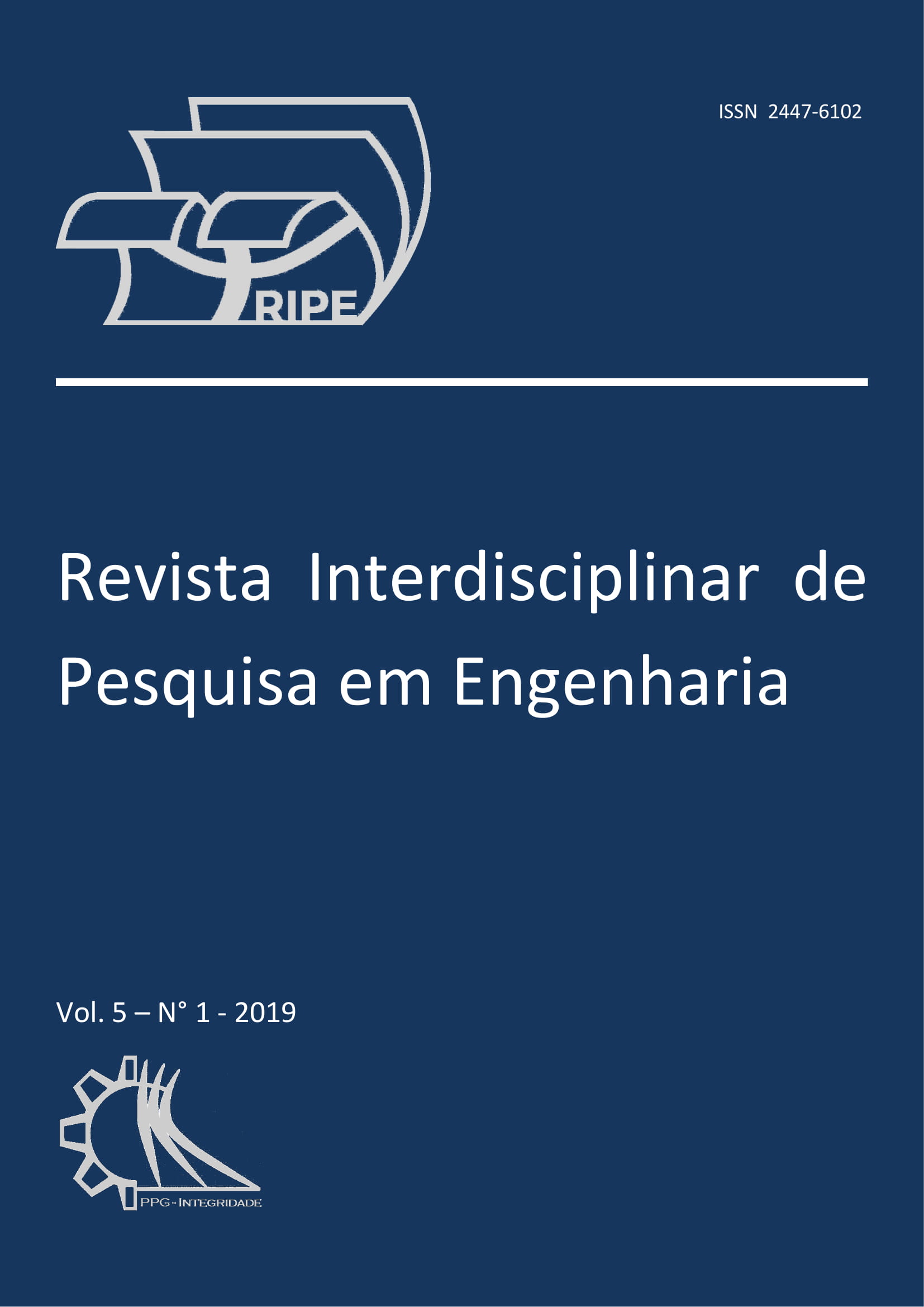Estudo numérico de vazamento de óleo utilizando dados de hidrodinâmica média do estuário da Lagoa dos Patos
DOI:
https://doi.org/10.26512/ripe.v5i1.19072Palavras-chave:
Modelagem Numérica. Telemac-3D. ECOS.Resumo
A impossibilidade de eliminar riscos de acidentes envolvendo o derramamento de óleo, principalmente em zonas portuárias, ressalta a importância de estabelecer protocolos para uma rápida ação contra estes eventuais desastres. Neste estudo foram simulados sessenta cenários de eventos de derrame de óleo com diferentes condições ambientais na região portuária da cidade de Rio Grande ”“ RS, modelados pelo sistema numérico Telemac-3D + ECOS. O período da simulação hidrodinâmica foi de 365 dias, sendo este equivalente à s médias diárias calculadas entre os anos de 2003 a 2015. Os resultados para a validação da hidrodinâmica, realizada no mês de janeiro de 2011, mostraram-se satisfatórios. As simulações dos vazamentos escolhidas, ao longo dos 365 dias, foram utilizadas para a identificação das principais forçantes que controlam o movimento das partículas de óleo, assim como, o seu destino final. A tendência do deslocamento das partículas de óleo é devido a combinação dos efeitos dos ventos, correntes e descarga dos afluentes da Lagoa dos Patos. Os diferentes regimes de enchentes, vazantes e condições de ventos podem criar distintas interações nos efeitos sobre as trajetórias das partículas de óleo, podendo intensificar ou retardar a velocidade de deslocamento das partículas de óleo. Sendo assim, os resultados do estudo também podem ser utilizados para subsidiar ações em caso de acidentes que envolvam vazamentos de óleo no Super Porto.
Downloads
Downloads
Publicado
Como Citar
Edição
Seção
Licença
Copyright (c) 2019 Revista Interdisciplinar de Pesquisa em Engenharia

Este trabalho está licenciado sob uma licença Creative Commons Attribution-NoDerivatives 4.0 International License.
Autores que publicam nesta revista concordam com os seguintes termos:
Autores mantém os direitos autorais e concedem à revista o direito de primeira publicação, sendo o trabalho simultaneamente licenciado sob a Creative Commons Attribution License o que permite o compartilhamento do trabalho com reconhecimento da autoria do trabalho e publicação inicial nesta revista.
Autores têm autorização para assumir contratos adicionais separadamente, para distribuição não-exclusiva da versão do trabalho publicada nesta revista (ex: publicar em repositório institucional ou como capítulo de livro), com reconhecimento de autoria e publicação inicial nesta revista.
Autores têm permissão e são estimulados a publicar e distribuir seu trabalho online (ex: em repositórios institucionais ou na sua página pessoal) a qualquer ponto antes ou durante o processo editorial, já que isso pode gerar alterações produtivas, bem como aumentar o impacto e a citação do trabalho publicado.










